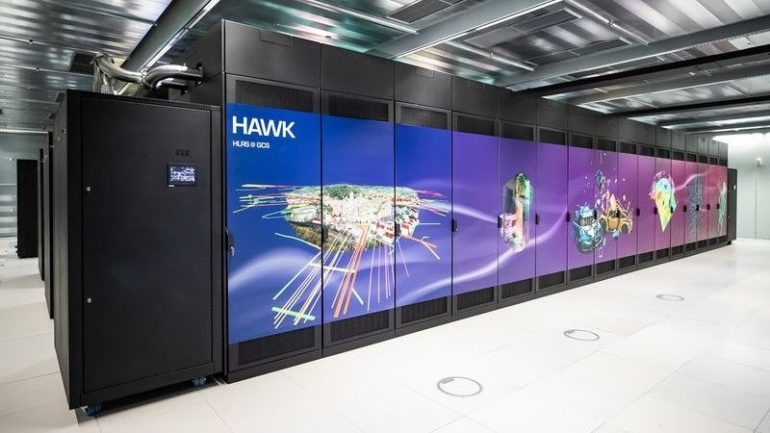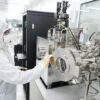Nvidia has announced that the High-Performance Computer Center Stuttgart (HLRS) in Germany will use its GPUs to help accelerate its journey into AI.
HLRS is one of the largest supercomputing centers in Europe and since Michael Resch became its director in 2002, it has tripled the size of its staff while increasing its revenue from industry collaborations by 20 times. However, much of the center’s growth has come from interest in AI during the past year.
Last year, HLRS made its first big leap into AI when it installed a Cray CS-Storm system with more than 60 Nvidia GPUs. The center is already running AI programs using this system to analyze market data for Mercedes-Benz, investment portfolios for a large German bank and a music database for a local broadcaster.
However, as part of its new deal with Nvidia, HLRS will add 192 Nvidia A100 GPUs linked on the Nvidia Mellanox InfiniBand Network to its HAWK supercomputer based on an Apollo system from HPE.
Hybrid computing
One of the main reasons that that the Stuttgart center is making such a big investment in AI is due to the fact that its future as well as that of the HPC community lies in hybrid computing where CPUs and GPUs work together in order to advance HPC simulations using AI.
One example provided by Nvidia in a new blog post deals with how a researcher at the University of Stuttgart plans to use data from as many as 2bn simulations to train neural networks that can quickly and economically evaluate metal alloys. The AI model created by this project could be run on a workstation to help companies such as Mercedes-Benz and Porshe, whose headquarters are located in Stuttgart, choose the best alloys to be used in their vehicles.
During the early stages of the pandemic, HLRS used AI as part of a European research project aimed at predicting when hospital beds would fill up in intensive-care units. One of the project’s main goals is to provide policy makers with a four-week window to respond before hospitals reach their capacity.
Now that HLRS has made a significant investment in GPU technology from Nvidia to propel its AI journey forward, perhaps other supercomputer projects will see similar upgrades in the future.



